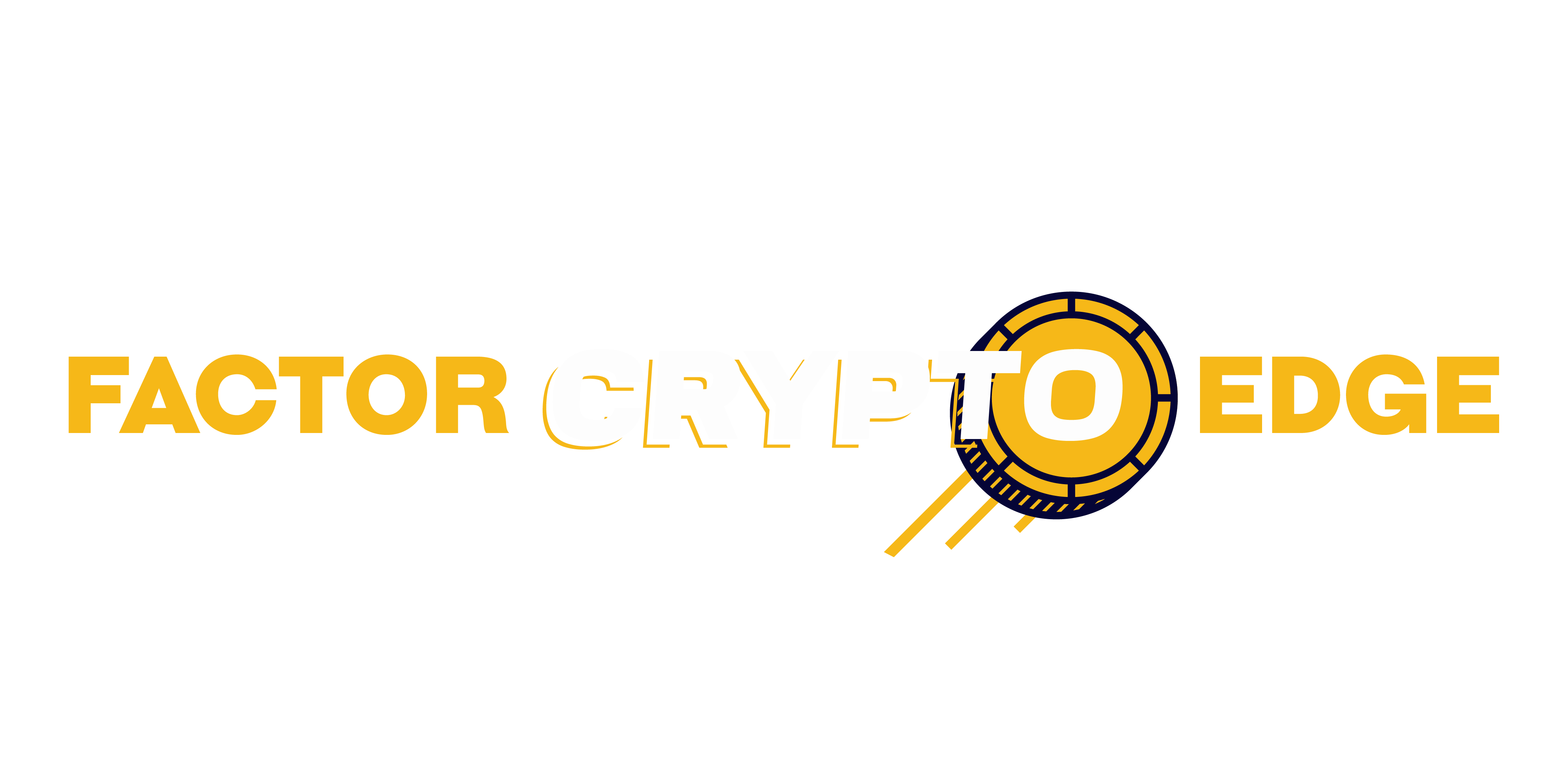What’s Driving the Market Right Now
The crypto market doesn’t move in isolation—it’s tightly intertwined with global economic currents. As inflation cools in some regions and persists in others, investors are trying to read the tea leaves. Central banks have slowed their rate hikes, but the damage is done: expensive debt, risk-off sentiment, and a stronger dollar. All of these put pressure on speculative assets like crypto. When dollars are more attractive, Bitcoin and friends have to work harder to justify their volatility.
Then there’s the institutional side. After the carnage of 2022, big money didn’t bolt—but it did get quiet. Hedge funds and asset managers are creeping back in, mostly through structured products, custody services, and Bitcoin-related ETFs. They’re not betting the farm, but they’re not walking away either. This cautious return signals growing maturity—but also shows that the easy cycles of hype are behind us.
Regulation, meanwhile, is no longer a distant threat—it’s here. The U.S. SEC has stepped up enforcement, while Europe’s MiCA framework is slowly becoming a global template. Even countries that seemed hands-off are now drafting rules. This means fewer wild west moments, and more clarity—for better or worse. Projects with legal footing will thrive. The rest? Not so much.
In 2023, crypto is moving out of its adolescent phase. External pressures are shaping who stays and who fades. These aren’t just headwinds—they’re filters.
Trend 1: The Shift from Hype to Utility
The days of meme coins pumping on empty promises are fading. In 2023, tokens with real-world applications are taking the spotlight. Whether it’s powering user interactions, granting access to services, or facilitating secure transactions, utility is finally edging out hype.
Decentralized finance (DeFi) is maturing. We’re seeing smart protocols link up with real-world assets—from tokenized invoices to blockchain-backed real estate platforms. These aren’t just experiments anymore; they’re functioning tools trimming inefficiencies from traditional finance. One click to borrow against your inventory? That’s not future tech. That’s live now.
The divide between utility and speculation is growing sharper. Speculative coins still exist, but the money—and trust—is shifting toward projects with defined use cases. Investors and users want clarity: What does this token do? What problem does it solve? If the answer sounds like vapor, people move on.
It’s not about betting on the next big thing. It’s about backing what actually works. And in 2023, usability is king.
Trend 2: Layer 2 & Scalability Solutions Take Off
Ethereum is still the backbone of a lot of crypto activity—but it’s not cheap to use. Gas fees spike when the network gets busy, and that’s a major friction point for users and builders alike. The answer? Layer 2 solutions. Instead of abandoning Ethereum, developers are stacking new tech on top of it to offload traffic and cut costs.
Polygon, Arbitrum, and Optimism are leading the charge here. All three offer faster, cheaper transactions while still tapping into Ethereum’s security and ecosystem. Polygon has leaned into partnerships and EVM compatibility. Arbitrum’s rollup tech has captured serious developer attention. Optimism is betting on governance and performance. The approaches differ, but the outcome is the same: make Ethereum practical for real-world use.
Why does this matter long-term? Scalability isn’t a nice-to-have—it’s critical. If blockchain platforms can’t handle demand efficiently, they’ll get left behind. Layer 2 isn’t just a patch; it’s laying the groundwork for mainstream adoption. The winners will be those who stay flexible and focus on usability over hype.
Trend 3: Stablecoins Under the Regulatory Lens
Stablecoins aren’t flying under the radar anymore. In the U.S., regulators have made it clear they’re watching closely. Legislative drafts are stacking up, and the SEC, CFTC, and Treasury are circling. All this scrutiny is shifting the space—pushing issuers to clean up disclosures, boost transparency, and tighten reserves. Other countries are stepping in too. The EU’s MiCA framework and Asia’s pilot programs are adding pressure for global standards.
In this climate, not all stablecoins are created equal. Algorithmic options—once the darlings of DeFi—are losing steam. The Terra collapse left a scar, and decentralized experiments are hitting credibility walls. Meanwhile, asset-backed models (especially those pegged to real-world currencies and audited regularly) are gaining trust from both regulators and investors.
For the broader crypto market, these stablecoin shifts matter. Liquidity in DeFi protocols, cross-chain interoperability, and even on-ramping new users often rely on stablecoins. When trust dips, usage slows. When compliance improves, capital flows faster. In short: the future of liquidity will hinge on which stablecoins can earn—and keep—the confidence of both users and lawmakers.
Trend 4: The Bitcoin Halving Shadow
Miners think in cycles, not headlines—which is why many are already charting their course for 2024. The next Bitcoin halving, slated for around April next year, is driving decisions now. When rewards get cut in half, only the most efficient setups survive. That means hardware upgrades, power cost negotiations, and leaner operations are in motion today, well ahead of schedule.
Historically, halvings pressure price down in the short term, but within 12 to 18 months, they’ve kicked off massive bull runs. 2012, 2016, and 2020 all followed the same type of arc: miner pressure, price dip, then a surge in institutional and retail interest. If the pattern holds, 2023 could be the calm before the next hype wave. Not guaranteed—but smart money is watching.
Speaking of institutional interest, bitcoin’s identity as “digital gold” is gaining traction again. Inflation concerns and banking instability are reminding funds why they looked at BTC in the first place. It’s not just about upside—it’s about hedging. As traditional portfolios scramble for resilience, bitcoin is sliding back onto more asset managers’ shortlists.
In short: miners are prepping, the calendar is telling, and big players quietly reassert BTC’s place in the hedge conversation. The setup for 2024 starts now.
Trend 5: Crypto Charts Go Mainstream
Retail investors are no longer relying solely on hype or speculation. Many are turning to technical analysis tools to guide smarter, more strategic trades. In 2023, understanding charts isn’t just for seasoned traders—it’s becoming a core skill for anyone serious about crypto investing.
Why Technical Analysis Is Gaining Ground
With increased market volatility and tighter regulatory frameworks, retail investors are seeking tools that provide structure, discipline, and data-driven decisions.
- Chart reading improves timing. Knowing when to enter or exit a position can significantly impact returns.
- Pattern recognition offers an edge. Head and shoulders, flags, and support/resistance zones provide valuable signals.
- Risk management gets smarter. Technical analysis promotes calculated trades over emotional reactions.
Recommended Tools for Retail Traders
As accessibility improves, free and user-friendly platforms are making technical analysis available to the masses:
- TradingView: One of the most popular platforms for live charting and custom indicators.
- CoinMarketCap + CoinGecko: Offer basic visualizations for quick trend snapshots.
- On-chain analytics tools like Glassnode are democratizing deeper insights.
Ready to Get Started?
You don’t need to be a quant to read charts. With just a foundational understanding of market patterns and key indicators, you can start identifying better entry and exit points.
Begin here: Interpreting Crypto Charts – A Beginner’s Guide
Risk Factors Still Loom Large
If 2022 was the wake-up call, then 2023 has been the year of hard lessons. Hacks, rug pulls, and exploit after exploit have made one thing clear: trust in this space is earned—never assumed. Vets and newcomers alike have learned (sometimes the hard way) that due diligence isn’t optional. Whether you’re stacking tokens or entering a DAO, checking smart contracts, verifying founders, and understanding project mechanics is now part of the job.
Centralized exchanges (CEXs), once considered convenient corners of the crypto world, are under constant scrutiny. Some have tightened security, increased transparency, and rebuilt user confidence. Others, not so much. The FTX collapse still sends aftershocks through the market. Even now, users second-guess keeping assets on-platform. That skepticism has fueled a fresh wave of cold storage adoption and better personal security hygiene.
The lesson? Don’t outsource common sense. No matter how slick the UI or how hyped the token, the risk’s still yours to carry. In 2023, crypto got more cautious—but that’s exactly what it needed.
Final Takeaways
Crypto in 2023 isn’t chasing headlines—it’s cutting the noise. The industry has been forced to grow up. After the collapses, the lawsuits, and the market corrections, what’s left is sharper and more practical. Scams still exist, but the space is less about empty hype and more about actual use. Builders are still here. So are investors. But the mood? Wiser, less impulsive.
Innovation hasn’t stopped, just slowed to a more sustainable pace. Real-world utility is taking center stage—DeFi, payments, and compliance-focused infrastructure are what’s getting funded. Still, there’s a thin line between progress and delusion. Projects have to prove they work.
Bottom line: if you’re in it, stay informed. Don’t chase moonshots. Know who’s behind a token and what it does. Strategy matters more than ever, and blind bets rarely end well now. Crypto isn’t dead. It’s just done pretending to be easy.


 Zoranna Orricsona, the founder of Factor Crypto Edge, is a visionary leader committed to making the complex world of cryptocurrency more accessible and transparent. With her passion for digital finance and blockchain innovation, she established the platform to deliver timely news, in-depth market analysis, and practical trading insights. Her dedication ensures that both novice and experienced traders can navigate the fast-evolving crypto space with confidence and clarity.
Zoranna Orricsona, the founder of Factor Crypto Edge, is a visionary leader committed to making the complex world of cryptocurrency more accessible and transparent. With her passion for digital finance and blockchain innovation, she established the platform to deliver timely news, in-depth market analysis, and practical trading insights. Her dedication ensures that both novice and experienced traders can navigate the fast-evolving crypto space with confidence and clarity.